

北宋/金 磁州窯綠釉黑剔花牡丹紋瓶
於1938年登記為日本重要美術品;於2015年9月4日註銷該認定。8 ½ in. (21.5 cm.) high, Japanese wood box
來源
反町茂作珍藏
壺中居,東京
出版
橫河民輔,《陶器圖錄》,東京,1938年,編號2。
奧田誠一、廣田不孤齋、田中作太郎、林屋晴三,《中國の陶磁》,東京,1955年,圖版210。
長谷部樂爾,《世界陶磁全集》,卷12:宋 ,東京,1977 年,242頁,編號237。
佳士得,《古韻天成:臨宇山人宋瓷珍藏展覽》,香港,2012年,162-163頁,編號52。
蘇玫瑰,‘Chinese Classic Wares from a Japanese Collection: Song Ceramics from the Linyushanren Collection’, 《Arts of Asia》,2014年3月至4月,97-108頁,圖24。
展覽
佳士得,《古韻天成:臨宇山人宋瓷珍藏展覽》,香港,2012年11月22至27日;紐約,2013年3月15至20日;倫敦,2013年5月10至14日。
從盒子上看,這件重要美術品的包裝十分經典,外箱上有銅製的雙環。
隨著傳承越來越重要,包裝作偽的現象比比皆是,一般有幾種方式:
1. 自制中國產木箱、中國產繩子帶(較易辨認);
2. 日本老箱子(年代、制式箱書為其他物品);
3. 多重套箱,混和模式,規格制式混亂



巨鹿縣
墨書的形式顯示這是一件來自著名的巨鹿縣遺留的北宋作品。巨鹿縣的作品非常具有歷史時代意義,是宋徽宗年間黃河支流漳河突然崩塌導致掩埋巨鹿古城的遺留,有著中國龐貝古城的稱呼。民國時期因乾旱挖井偶然發現,大量出土的宋瓷隨即流失國外,多分布在日本,歐美。

這種巨鹿縣的遺物,又可以見一例來自臨宇山人的折沿盆。經筆者調查發現,這件罕見的折沿洗是臨宇山人透過千秋庭從JJ.Lally手中購藏,而這位剛剛宣佈退休的業界標桿藍理捷先生是1990年在Ira Koger伉儷的蘇富比專場中購得。
北宋磁州窯巨鹿縣白釉水指

傳承:
Ralph Chait Gallery,紐約 New York
Nelson A. Rockefeller (洛克菲勒家族), Before 1985
Nancy & Ira Koger Collection(南希、伊拉·柯傑伉儷), 1985
Sotheby's Koger (蘇富比拍賣), 紐約 New York, 1990
J.J.Lally & Co(藍理捷), 紐約 New York
Linyushanren (臨宇山人),日本
佳士得拍賣 2018,紐約
艾拉與南希·科格伉儷收藏
Ira & Nancy Koger Collection
在1990年的蘇富比圖錄中,赫然寫著Nelson A.Rockefeller,尼爾遜·洛克菲勒的收藏,為洛克菲勒家族從著名的紐約老經銷商Ralph M.Chait藝廊購得。
巨鹿縣,一直是大家族、大藏家的收藏對象,這些器物有著宋瓷的濃厚底蘊,卻又凝固了北宋民間精緻生活的瞬間,造型、釉色表達不拘一格,透露著強烈的藝術訴求。

肯尼迪(左)尼爾森·洛克菲勒(右)
坂本五郎捐贈給台北故宮博物院同款:
他在1969起陸續捐贈了五件包括「半山式彩陶罐、陶馬、宋漆盤、磁州窯系白釉瓷洗」等,這幾件都是極珍貴的古物,亦是台北故宮缺少之彩陶與唐三彩文物。原來當日台北故宮本是打算出資購買「新石器時代的半山彩陶罐」與「唐代加彩陶馬」的,但後來坂本先生卻捐贈了。

他最後一次捐贈是在2007年,將他收藏多年的「磁州窯白釉盆」捐了給台北故宮,並親身把藏品送到台北。
坂本先生除捐贈台北故宮外,也給中國國家博物館、東京國立博物館、奈良國立博物館分別捐贈了數百件青銅重器。本來古董商唯利是圖,寧可將之送拍套現,不太可能無償捐贈給外國博物館的,但由此可見,坂本先生的確義行可風。

臨宇山人是誰?
臨宇山人與日本TAXI大王的宋瓷收藏
臨宇山人,本名富田昌孝(Masataka Tomita),是一位日本低調且備受尊敬的收藏家。他以宋瓷收藏聞名,並在中國藏界與媒體間擁有極高的知名度,被譽為「宋瓷明星藏家」。
富田昌孝的背景與成就
富田昌孝先生是日本出租車協會聯盟主席,領導行業近五十年,親歷了日本經濟泡沫的崩潰與恢復。他為日本出租車行業做出了巨大貢獻,直至2017年宣布退休。他的名字不僅出現在業界,還因多次登上國際媒體舞台,如《紐約時報》(2004年、2005年)及《金融時報》(2016年)。他的收藏愛好,特別是對宋瓷的熱情,為他贏得了「臨宇山人」這一雅號。




專注宋瓷:收藏哲學的選擇
富田昌孝的收藏之路始於1970年代,聚焦於宋代瓷器——這一領域因其技藝精湛與藝術價值而備受推崇。雖然他偶有涉足其他品類,但宋瓷始終是其核心收藏方向。他的收藏哲學體現了「專而精」的理念:
聚焦單一品類:選擇一個狹窄但深具價值的收藏領域,通過長期投入達到極致。
持續研究與積累:半個世紀的堅持與探索,使其在宋瓷研究領域達到卓越的深度與高度。

收藏的時間維度與價值觀
臨宇山人的收藏周期長達五十年,直到2020年才逐步退出藏界。這樣的時間維度賦予其收藏超越商業回報的意義。對於許多真正的大藏家而言,最終釋放藏品的動機並非價格,而是一種對文化傳承與藝術熱愛的無私精神。
臨宇山人藏家的啟示
臨宇山人的收藏實踐告訴我們,成功的路徑不止一條。有些藏家選擇廣泛涉獵,而有些則像富田昌孝一樣,專注於某一主題,將其做到極致。他用長達五十年的時間,詮釋了何為專注與熱愛。他的收藏不是單純的物質累積,更是一場與時間同行的藝術對話,彰顯了文化傳承與個人志趣的深刻融合。
臨宇山人以低調與優雅的方式,書寫了一段與宋瓷相伴的傳奇,也為未來的收藏家提供了一種值得借鑒的典範。
綠釉黑剔花牡丹紋瓶
這件磁州窯的作品傳承非常顯赫,首先在橫河民輔的1938年的《陶器圖錄》中就有過著錄,同年的1938年本品被註冊為日本重要美術品。

每一個展覽的標籤和記錄都被妥善的保存,這也是傳承中非常重要的一部分。物以人貴,所有的物,都是寄託在歷史之中。脫離了人,物其實是不重要的,這也是為什麼傳承特別重要,為什麼宋徽宗的汝窯,王羲之的書法重要的原因。
在二戰之前出土的剔花器中,評價最高的是白地黑花與綠釉白地剔花兩類工藝的器物。其中的高質量器物在當時有不少已被認定為了重要美術品。

綠釉、白釉黑花牡丹紋兩件花瓶是二戰前著名收藏家反町茂作所藏名品,二戰後,東京美術學校出身的杉山寧以該瓶作為題材。奧田的文章中也提及,採用此類技法的器物被畫家們所垂涎。
綠釉、白釉黑花牡丹紋瓶在二戰前被認定為重要美術品,是白地黑花器中的精品。另外,還有一件綠釉白地剔花牡丹紋瓶出土於20世紀前期,並立刻被帶至日本,隨即遠渡歐洲。(下圖)



同類型的器物在日本多被認定為重要美術品,這件器物的方方面面也均屬上乘,總而言之,綠釉花瓶在宋瓷中的缺是非常特別的佼佼者。白釉尚且可以偶爾見到,綠色的目前的公開收藏數量極少。
另外兩件世界聞名的綠釉花瓶收藏還有:
1. 英國東方陶瓷學會創始人、初代會長喬治·尤摩弗帕勒斯1936年賣給大英博物館的綠釉梅瓶(上圖);2. 克拉克伉儷舊藏,MOA美術館收藏的綠釉兔罐(孤品、下圖)。
這件臨宇山人釋放的器物,其明確收藏路徑表明,這件作品曾為反町茂作收藏,再轉經壺中居創始人、初代社長、著名茶人廣田松繁(不孤齋)收藏。
又經歷奧田誠一、廣田不孤齋、田中作太郎、林屋晴三編撰的《中國の陶磁》,特別是剛提到的不孤齋、林屋晴三先生。可謂是被偉大陶瓷藝術鑒賞家的法眼認可的器物。時代的變遷,會讓一些常識消失,器物、著錄則是扮演著文明延續的作用,持續為細心、謙卑的後世藏家發射遺失的審美信號。
磁州窯常見問題 FAQ
1. 磁州窯綠釉剔花牡丹紋瓶的歷史與文化意義是什麼?
磁州窯綠釉剔花牡丹紋瓶具有多重意義。其產地為鉅鹿縣,是北宋時期重要的陶瓷生產地之一。該地區因12世紀突如其來的自然災害而被掩埋,被譽為「中國的龐貝古城」,使得許多文物得以保存。此瓶展現了磁州窯藝術的高度水準,尤其是綠釉剔花的技術備受推崇。它同時體現了當時人們精緻的日常生活品味,將實用性與藝術性完美結合。此外,作為日本的重要文化財產,此瓶的地位也進一步凸顯其在歷史與藝術上的重要性。
2. 文中提到的「來源」是什麼意思,為什麼這麼重要?
「來源」(provenance)指的是文物所有權的歷史記錄。在這件磁州窯綠釉剔花瓶的例子中,文本詳細記錄了其曾經的所有者,包括反町庄作、廣田松繁,最終進入lin山人收藏。來源的重要性在於,它不僅是對該文物真偽的有力佐證,還能提升其歷史與文化價值。一份經過詳細記錄的來源史,尤其涉及知名收藏家與藝術史專家的持有,能極大地增強文物的可信度與吸引力,正如名家珍藏對其他藝術品價值的加成效果一樣。
3. 「日本重要文化財產」的指定是什麼含義,與這件瓶子有何關聯?
「日本重要文化財產」是日本政府對具有重大歷史、藝術或文化價值的文物授予的法律與文化保護地位。1938年,這件磁州窯瓶因其在陶瓷藝術上的卓越表現,被正式指定為重要文化財產。然而,該指定於2015年被撤銷。這一認定突顯了該瓶在日本藝術界的高度評價,以及它在中日藝術交流研究中的重要性。作為「重要文化財產」的初始指定,也再次證明了該瓶在陶瓷歷史與藝術領域的突出地位。
4. 像反町庄作、廣田松繁及臨宇山人這些收藏家對於該瓶的價值保存起到了什麼作用?
反町庄作、廣田松繁與臨宇山人等收藏家對於該瓶的價值保存起到了至關重要的作用。他們不僅是文物的擁有者,還是藝術史的鑑賞家與研究者。他們確保了文物的妥善保存以及相關記錄(如展覽標籤)的完整性。這些收藏家的聲譽和他們對藝術史的貢獻為文物增添了更多學術價值。此外,該瓶在其持有期間參加的重要出版與展覽,進一步提升了其知名度與學術認可度。他們的悉心管理與公開展示,確保該文物成為未來世代珍視的藝術歷史瑰寶。
5. 文中描述了該瓶的包裝,其重要性體現在哪裡?
文中將該瓶的包裝描述為「經典」且具「教科書水準」,指的是其配有歷史悠久、附有銅環的木製收藏箱。在古董界,包裝具有重要意義,因為它能幫助判斷文物的真偽與歷史。精心製作且符合時代特徵的包裝,不僅可以反映物件的年代與來源,也能展示其保存的背景。文中提到,偽造包裝是常見的問題,而該瓶所配的收藏箱則是正品包裝的典範,有助於收藏家與歷史學者更好地了解這件文物的歷程與價值。
6. 該瓶的「剔花」技法有何意義?
「剔花」是一種磁州窯特有的裝飾技法,指在上釉之前,在施有化妝土的器物表面雕刻紋樣,使深色與淺色形成對比。具體來說,「剔花」是通過刻劃剝去部分化妝土,露出胎體,從而呈現出鮮明的紋飾效果。該技法在磁州窯陶瓷中極具代表性,展現了工匠的高超技藝與藝術創造力。文中特別提到,最受珍視的剔花器物多為「白地黑剔」與「綠釉白剔」兩種,這也反映了其工藝的精湛程度與視覺魅力。
7. 文中提及其他重要的綠釉瓷器,能否列舉並比較它們與此瓶的異同?
文中提及了兩件重要的綠釉瓷器:一件是喬治·歐默佛普洛斯收藏的綠釉梅瓶(現藏於大英博物館),另一件是獨特的綠釉兔紋罐(原為克拉克收藏,現藏於日本MOA美術館)。這些器物與磁州窯牡丹紋瓶同為綠釉陶瓷中的稀世珍品,各具特色。牡丹紋瓶以其剔花裝飾脫穎而出,而梅瓶則以其簡潔無裝飾的造型著稱,兔紋罐則以生動的動物紋樣獨樹一幟。每件器物的稀有性與藝術價值均極高,它們在著名博物館的收藏地位,也進一步彰顯了它們在文化與藝術史上的重要性。
8. 「鉅鹿縣」的發現有何重大意義,這些文物為何對研究宋代陶瓷如此重要?
鉅鹿縣的發現之所以重要,是因為它完整保存了北宋時期的生活圖景。由於黃河支流改道造成城市被洪水淹沒,鉅鹿縣遺址被譽為「中國的龐貝古城」。這場災難保護了大量陶瓷器物,包括文中提及的磁州窯作品,使研究者得以一窺當時的日用器皿與藝術風格。這些分散於世界各大博物館與私人收藏的文物,為北宋時期的陶瓷製作技術與審美提供了寶貴的資料,體現了當時陶工的高超技藝以及社會生活的藝術氛圍,對於研究宋代陶瓷具有不可替代的重要性。
Northern Song/Jin Dynasty Cizhou Ware Green-Glazed Black-Engraved Peony Vase
Registered as a Japanese Important Cultural Property in 1938; designation revoked on September 4, 2015. Height: 8 ½ inches (21.5 cm.), with Japanese wood box.
Provenance
Collection of Shosaku Sorimachi
Kojungyo, Tokyo
Publications
Minpei Yokogawa, Catalog of Ceramics, Tokyo, 1938, no. 2.
Seiichi Okuda, Fukosai Hirota, Sataro Tanaka, and Haruzo Hayashiya, Chinese Ceramics, Tokyo, 1955, plate 210.
Rakuji Hasebe, World Ceramics Collection, vol. 12: Song Dynasty, Tokyo, 1977, p. 242, no. 237.
Christie's, Song Ceramics from the Linyushanren Collection: Song Dynasty Treasures, Hong Kong, 2012, pp. 162-163, no. 52.
Rosemary Scott, ‘Chinese Classic Wares from a Japanese Collection: Song Ceramics from the Linyushanren Collection’, Arts of Asia, March-April 2014, pp. 97-108, fig. 24.
Exhibitions
Christie's, Song Ceramics from the Linyushanren Collection: Song Dynasty Treasures, Hong Kong, November 22-27, 2012; New York, March 15-20, 2013; London, May 10-14, 2013.
Packaging The wooden box accompanying this Important Cultural Property is a classic example of packaging from this era and could serve as a textbook standard for such containers.
With the growing significance of provenance, counterfeit packaging has become increasingly prevalent, typically employing one of three methods:
Newly crafted Chinese wooden boxes and ropes (easier to identify).
Repurposed Japanese antique boxes (mislabeling and mismatched styles).
Mixed-style multilayered boxes with inconsistent specifications.
This box, with its distinctive bronze rings, exemplifies a proper presentation for artifacts of this caliber.
Julu County
The ink inscription indicates that this piece originates from Julu County, a renowned site of Northern Song ceramic production. Julu County holds immense historical significance, as its artifacts were buried when the ancient city was submerged during a sudden collapse of the Zhang River—a tributary of the Yellow River—in the reign of Emperor Huizong. This disaster led to the region being dubbed “China’s Pompeii.” Rediscovered during drought-induced well digging in the Republican era, numerous Song ceramics were unearthed and subsequently dispersed overseas, primarily to Japan, Europe, and the United States.
Another notable artifact from Julu County is a rare flared-rim basin from the Linyushanren Collection. Research reveals that this piece was acquired by the collector through Senshu-Tei from J.J. Lally & Co., whose proprietor, James J. Lally, a prominent figure in the industry, originally purchased it from the Ira Koger Collection during a Sotheby’s auction in 1990.
Northern Song Cizhou Ware White-Glazed Water Vessel
Provenance:
Ralph Chait Gallery, New York
Nelson A. Rockefeller Collection, pre-1985
Nancy & Ira Koger Collection, 1985
Sotheby’s Koger Auction, New York, 1990
J.J. Lally & Co., New York
Linyushanren Collection, Japan
Christie’s Auction, New York, 2018
The Koger Collection was prominently linked to the Rockefeller family. Nelson A. Rockefeller acquired many items from the esteemed Ralph M. Chait Gallery in New York.
Julu County ceramics have been sought after by major collectors and families, valued for their blend of Northern Song cultural depth and depictions of refined yet practical daily life. Their designs, glazes, and unconventional forms reflect a strong artistic ethos.
Parallel Contributions by Sakamoto Goro
Sakamoto Goro donated similar items to institutions like the National Palace Museum in Taipei, the Tokyo National Museum, and the Nara National Museum. Among these was a Cizhou ware white-glazed basin, delivered personally to the National Palace Museum in 2007. Sakamoto’s philanthropic contributions are exceptional among dealers, underscoring his dedication to preserving cultural heritage.
The Vase
This Cizhou ware vase boasts an illustrious provenance. It was first documented in Minpei Yokogawa’s 1938 Catalog of Ceramics and designated as an Important Cultural Property in the same year.
The meticulous preservation of exhibition labels and records underscores the significance of provenance in cultural preservation. Each artifact carries historical resonance, and its significance is amplified through its association with prominent figures or periods, as exemplified by the Ru wares of Emperor Huizong and the calligraphy of Wang Xizhi.
Among pre-World War II excavated black-engraved wares, the finest examples include white-ground black-engraved and green-glazed white-ground black-engraved pieces. High-quality artifacts of this type were often designated as Important Cultural Properties at the time.
Notable green-glazed examples include a green-glazed meiping acquired by George Eumorfopoulos in 1936 for the British Museum and a unique green-glazed jar formerly held by the Clark family, now housed at the MOA Museum of Art in Japan.
The vase released by the Linyushanren Collection highlights its distinguished ownership history. Previously held by Shosaku Sorimachi, it later entered the collection of Hirota Matsushige (founder of Kojungyo and a renowned tea master) before being recognized by influential ceramic connoisseurs such as Seiichi Okuda, Hirota Fukosai, Sataro Tanaka, and Haruzo Hayashiya. This lineage of scholarship and appreciation ensures that such pieces continue to convey their aesthetic and cultural value to future generations.
Frequently Asked Questions
What is the historical and cultural significance of the Cizhou ware green-glazed black-engraved peony vase discussed in the text?
The Cizhou ware green-glazed black-engraved peony vase is significant for several reasons. It originates from the Julu County area, a site of major ceramic production during the Northern Song Dynasty. The region, often referred to as "China's Pompeii," was buried by a sudden natural disaster in the 12th century, preserving its artifacts. The vase represents the high artistic quality of Cizhou wares, particularly the green-glazed and black-engraved technique, which was highly valued. It also exemplifies the refined daily life and artistic tastes of the era, showcasing a blend of both cultural depth and practical use in its form and decoration. Its status as a Japanese Important Cultural Property further highlights its historical importance.
What is meant by "provenance" in the context of this vase, and why is it so important?
Provenance refers to the documented history of ownership of an artifact. In the case of this Cizhou ware vase, the text meticulously details its journey through various collectors, including Shosaku Sorimachi, Hirota Matsushige, and eventually the Linyushanren Collection. Provenance is crucial because it not only authenticates the piece but also enhances its historical and cultural value. A well-documented ownership history, especially involving esteemed collectors and art historians, adds to the piece's credibility, desirability, and significance, much like how the prestige of ownership enhances the value of other artworks.
The text mentions "Japanese Important Cultural Property." What does this designation mean, and how does it relate to this particular vase?
The designation "Japanese Important Cultural Property" is a legal and cultural designation given by the Japanese government to artifacts of significant historical, artistic, or cultural value. In 1938, this Cizhou ware vase was recognized as a significant example of ceramic art and was officially registered as an Important Cultural Property in Japan. However, this designation was later revoked in 2015. This recognition underscores the high regard the vase held in Japan and its importance in understanding the artistic exchanges between China and Japan. Its initial designation as such further confirms its position in ceramic history and artistry.
What role did collectors and dealers like Shosaku Sorimachi, Hirota Matsushige, and the Linyushanren play in preserving the historical value of this vase?
Collectors and dealers such as Shosaku Sorimachi, Hirota Matsushige, and the Linyushanren played a vital role in preserving the historical value of this vase through their custodianship and appreciation. These figures were not just buyers and sellers but were also knowledgeable connoisseurs and scholars of art history. They ensured the proper preservation of the object and its associated records like exhibition labels. Their established status and scholarly contributions to the field add to the vase’s pedigree. Additionally, the vase's inclusion in significant publications and exhibitions under their ownership further enhanced its recognition and importance. Their careful stewardship and public display of the vase ensured that it remained a recognized and treasured piece of art history, contributing to its continued appreciation for future generations.
How does the text describe the packaging of this vase, and why is packaging considered significant in the antique world?
The text describes the packaging of the vase as "classic" and "textbook level," referring to its historical wooden box with bronze rings. In the antique world, packaging is significant because it can help determine the authenticity and history of an object. A carefully crafted and historically appropriate box can indicate the piece's age, origin, and the circumstances of its preservation. Counterfeit packaging, as the text points out, is a common problem, and the box accompanying this specific vase serves as a benchmark for what authentic, period-specific packaging should look like. This detailed box helps collectors and historians better understand the artifact's journey and history.
What does the term "black-engraved" or "剔花" refer to in the context of this vase, and why is it significant in Cizhou ware?
The term "black-engraved" or "剔花" refers to a specific decorative technique used in Cizhou ware. It involves applying a layer of slip (a mixture of clay and water), followed by the carving or incising of the design, thereby revealing the contrasting body underneath. The "black-engraved" style often refers to the contrast between the dark slip and the lighter body. This technique is particularly significant in Cizhou ware as it demonstrates the skill of the artisans, their artistic creativity, and contributes to the visual appeal of the piece. The text also highlights that the highest valued examples are those featuring white slip with black engraving and green slip with white engraving techniques.
The text mentions other significant green-glazed ceramics. Can you name some of them, and how do they compare to this vase?
The text mentions two other significant green-glazed ceramics: a green-glazed meiping (plum vase) from the collection of George Eumorfopoulos, now at the British Museum, and a unique green-glazed rabbit jar, formerly in the Clark Collection and now at the MOA Museum of Art in Japan. These pieces, along with the Cizhou peony vase, represent the rarity and high artistic quality of green-glazed ceramics from this period. The peony vase stands out with its black-engraved decoration, whereas the meiping is undecorated and the rabbit jar showcases a unique animal motif. Each piece is considered a rare and highly collectible artifact, and their inclusion in esteemed museum collections speaks to their cultural importance. The scarcity of extant green glazed examples makes each piece particularly valuable.
What is the broader significance of the "Julu County" find, and why are these artifacts so important to the study of Song Dynasty ceramics?
The Julu County find is significant because it represents a snapshot of life during the Northern Song Dynasty that was preserved by a sudden natural disaster. The site, a city submerged when a tributary of the Yellow River shifted, is referred to as "China’s Pompeii." This cataclysmic event preserved a wide range of ceramic pieces, including the Cizhou ware discussed, allowing researchers to see what was in use at the time. These artifacts, now scattered across international museums and collections, offer invaluable insight into the forms, techniques, and artistic sensibilities of the Northern Song Dynasty’s ceramic production. They demonstrate the technical capabilities of the potters of the time and provide a unique perspective on daily life and aesthetic trends, which is why they are important to studying Song Dynasty ceramics.
Timeline of Events
Northern Song Dynasty (960-1127 AD):Time of Production: Cizhou ware ceramics, including the green-glazed black-engraved peony vase and the white-glazed water vessel, are produced in Julu County. The region flourishes as a center of ceramic production.
Disaster: The Zhang River, a tributary of the Yellow River, collapses, submerging the ancient city of Julu. This event preserves a treasure trove of ceramics.
Early 20th Century (Republican Era in China):Rediscovery: Julu County is rediscovered during well-digging due to drought. Numerous Song ceramics are unearthed.
Dispersal: The unearthed Song ceramics are quickly dispersed overseas, mainly to Japan, Europe, and the United States.
Pre-World War II:Collection: Prominent collectors such as Sorimachi Shosaku begin acquiring notable Cizhou ware pieces.
1936: George Eumorfopoulos sells a green-glazed meiping to the British Museum.
1938:Registration: The green-glazed black-engraved peony vase is registered as a Japanese Important Cultural Property.
Publication: The green-glazed peony vase is cataloged in Minpei Yokogawa's "Catalog of Ceramics."
Post-World War II:Artistic Inspiration: The green-glazed vase serves as inspiration for artist Sugiyama Nei, indicating its renown and aesthetic impact.
1955: The green-glazed peony vase is published in "Chinese Ceramics," edited by Seiichi Okuda, Fukosai Hirota, Sataro Tanaka, and Haruzo Hayashiya.
1969 - 2007:Donations: Sakamoto Goro begins donating significant cultural artifacts, including Cizhou ware ceramics, to institutions such as the Taipei National Palace Museum, the National Museum of China, the Tokyo National Museum, and the Nara National Museum. His donations include multiple Cizhou ware pieces and other items.
1977: The green-glazed peony vase is published in "World Ceramics Collection, vol. 12: Song Dynasty" by Rakuji Hasebe.
1985 (before): Nelson A. Rockefeller acquires Cizhou ware ceramics from the Ralph Chait Gallery.
1985: The Nancy and Ira Koger Collection acquires Cizhou ware items, likely including the white-glazed water vessel, which includes items previously from the Nelson A. Rockefeller Collection.
1990:Auction: The Koger Collection's Cizhou ware pieces (including the white-glazed water vessel) are sold at a Sotheby's auction.
Purchase: J.J. Lally & Co. acquires a white-glazed water vessel from the Koger Collection at the Sotheby's auction.
Post-1990:Acquisition: The Linyushanren Collection acquires the white-glazed water vessel through Senshu-Tei from J.J. Lally & Co.
2012:Exhibition: Christie's hosts the exhibition "Song Ceramics from the Linyushanren Collection" in Hong Kong. The green-glazed peony vase is featured.
Publication: The green-glazed peony vase is published in the Christie's exhibition catalog.
2013:Exhibition: The "Song Ceramics from the Linyushanren Collection" exhibition travels to New York and London.
2014:Article: The green-glazed peony vase is featured in Rosemary Scott's article in "Arts of Asia."
2015: The green-glazed peony vase's designation as a Japanese Important Cultural Property is revoked.
2018: Cizhou ware items from the Ira and Nancy Koger Collection are sold at Christie's Auction in New York.
Cast of Characters
Sorimachi Shosaku (反町茂作):A prominent collector who owned the green-glazed black-engraved peony vase. His collection was formed pre-WWII, and he is considered a major early collector of such pieces.
Minpei Yokogawa (橫河民輔):Author of "Catalog of Ceramics" (1938), where the green-glazed peony vase is first cataloged.
Hirota Matsushige (廣田松繁/不孤齋):Founder of Kojungyo in Tokyo, a renowned tea master who owned the green-glazed peony vase. Often referred to by his tea name, Fukosai Hirota. He is considered a connoisseur of ceramics.
Seiichi Okuda (奧田誠一):One of the editors of the 1955 "Chinese Ceramics", which features the green-glazed peony vase, and a renowned expert on the topic.
Sataro Tanaka (田中作太郎):One of the editors of the 1955 "Chinese Ceramics", which features the green-glazed peony vase, and a ceramics scholar.
Haruzo Hayashiya (林屋晴三):One of the editors of the 1955 "Chinese Ceramics", which features the green-glazed peony vase, and a ceramics scholar.
Rakuji Hasebe (長谷部樂爾):Author of "World Ceramics Collection, vol. 12: Song Dynasty" (1977), which features the green-glazed peony vase.
Linyushanren (臨宇山人):The private collector whose collection was the subject of the 2012 Christie's exhibition.
Rosemary Scott:Author of the article "Chinese Classic Wares from a Japanese Collection: Song Ceramics from the Linyushanren Collection" in "Arts of Asia" (2014), which features the green-glazed peony vase.
George Eumorfopoulos:British collector of Chinese art who sold a green-glazed meiping to the British Museum in 1936. He was also the founder and first president of the Oriental Ceramic Society.
Ralph Chait:Owner of the Ralph Chait Gallery in New York, a well-known dealer where Nelson A. Rockefeller purchased Cizhou ware items.
Nelson A. Rockefeller:A member of the prominent Rockefeller family who was a significant collector of Cizhou ware ceramics.
Nancy & Ira Koger:A couple who formed a noted collection of Cizhou ware ceramics, which was sold at Sotheby's in 1990.
James J. Lally:Owner of J.J. Lally & Co., a prominent New York dealer who acquired Cizhou ware items, including the white-glazed water vessel, which later came to the Linyushanren collection.
Sakamoto Goro (坂本五郎):An antiquities dealer known for his significant donations to museums in Japan and Taiwan, including Cizhou wares. He is lauded for his charitable actions.
Sugiyama Nei (杉山寧):A Tokyo-based artist who used the green-glazed vase as inspiration for his art, indicating the vase's artistic significance.
Lin Yushanren: Japan’s Taxi King and His Song Dynasty Ceramics Collection
Lin Yushanren, whose real name is Masataka Tomita, is a discreet yet highly respected Japanese collector known for his profound passion for Song Dynasty ceramics. Revered as a "superstar collector of Song ceramics," his reputation extends beyond Japan and has garnered significant attention in China’s art and collector circles.
Masataka Tomita’s Background and Achievements
Masataka Tomita served as the chairman of the Japan Federation of Hire-Taxi Associations for nearly 50 years, leading the industry through the bursting of Japan’s economic bubble and its subsequent recovery. His contributions to Japan’s taxi industry have been monumental, and he retired in 2017. Beyond his professional achievements, his name also gained recognition in the art world, with features in prominent international media such as The New York Times (2004 and 2005) and The Financial Times (2016). Tomita’s dedication to collecting, particularly Song Dynasty ceramics, earned him the elegant pseudonym "Lin Yushanren."
Focus on Song Ceramics: A Philosophy of Collecting
Tomita’s collecting journey began in the 1970s, with a clear focus on Song Dynasty ceramics—highly esteemed for their exquisite craftsmanship and artistic value. Although he occasionally acquired pieces from other categories, Song ceramics remained the centerpiece of his collection. His collecting philosophy reflects the idea of “specialization and refinement”:
Narrow Focus, High Expertise: By concentrating on a single category of immense cultural significance, he achieved unparalleled depth in his collection.
Long-Term Research and Dedication: Over the course of five decades, his persistent effort and scholarly approach elevated his understanding and expertise in Song ceramics.
The Temporal Dimension and Value of Collecting
Lin Yushanren’s collecting spanned an impressive 50 years, concluding with his gradual withdrawal from the art world in 2020. Such an extended timeline imbues his collection with a meaning that transcends mere commercial returns. For many distinguished collectors, the ultimate motivation for releasing their collections is not driven by monetary factors but by a passion for cultural preservation and artistic legacy.
Lessons from Lin Yushanren’s Collecting Journey
Lin Yushanren’s collecting journey illustrates that there is no singular path to success in the art world. While some collectors opt for breadth, others, like Masataka Tomita, choose to focus deeply on a specific theme, striving for mastery. Through five decades of dedication, he demonstrated the power of focus and passion. His collection is more than an accumulation of artifacts; it is a profound dialogue with time that reflects the seamless blend of cultural preservation and personal interest.
In his understated and elegant way, Lin Yushanren crafted a legendary tale of companionship with Song ceramics, leaving an inspiring legacy for future generations of collectors.

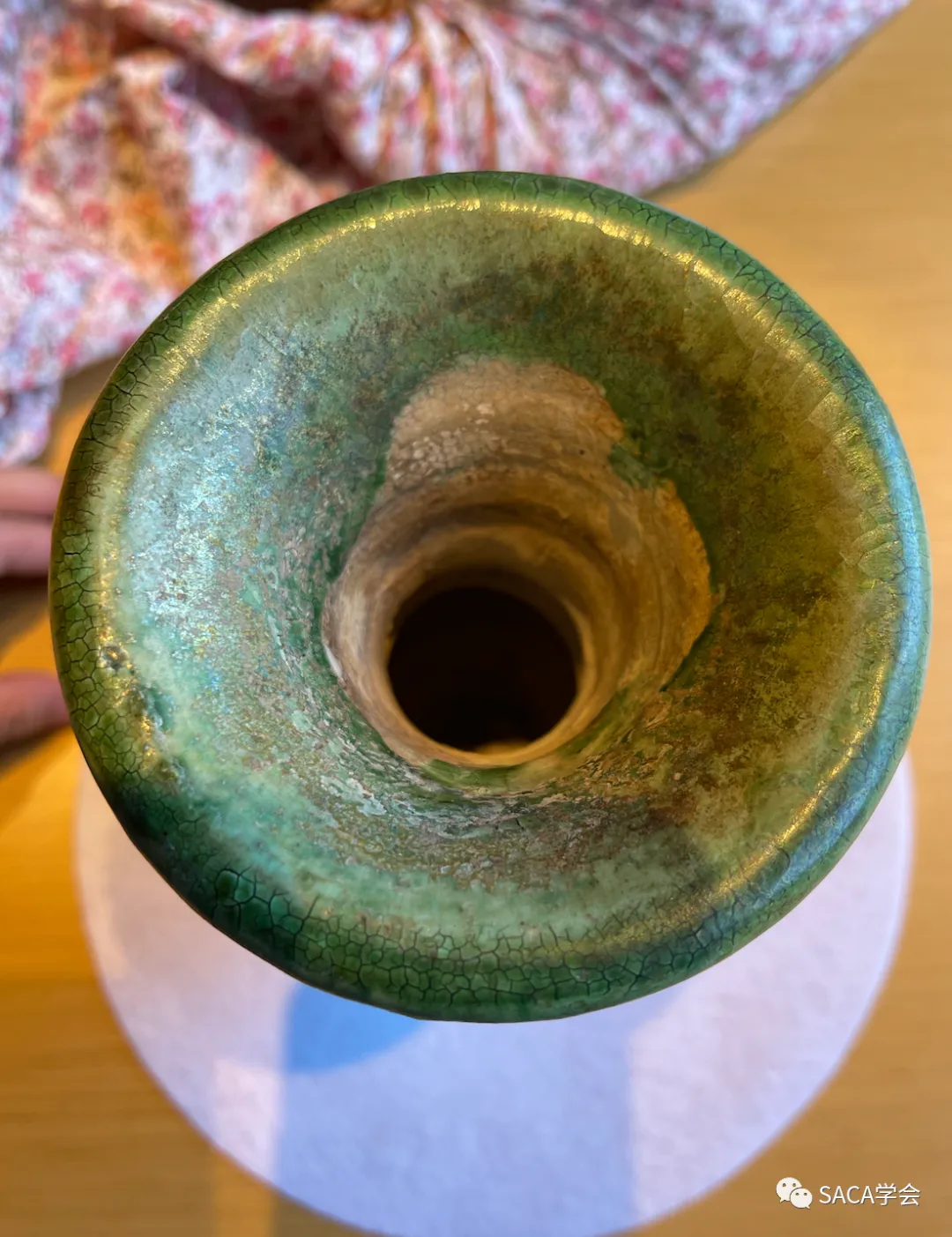
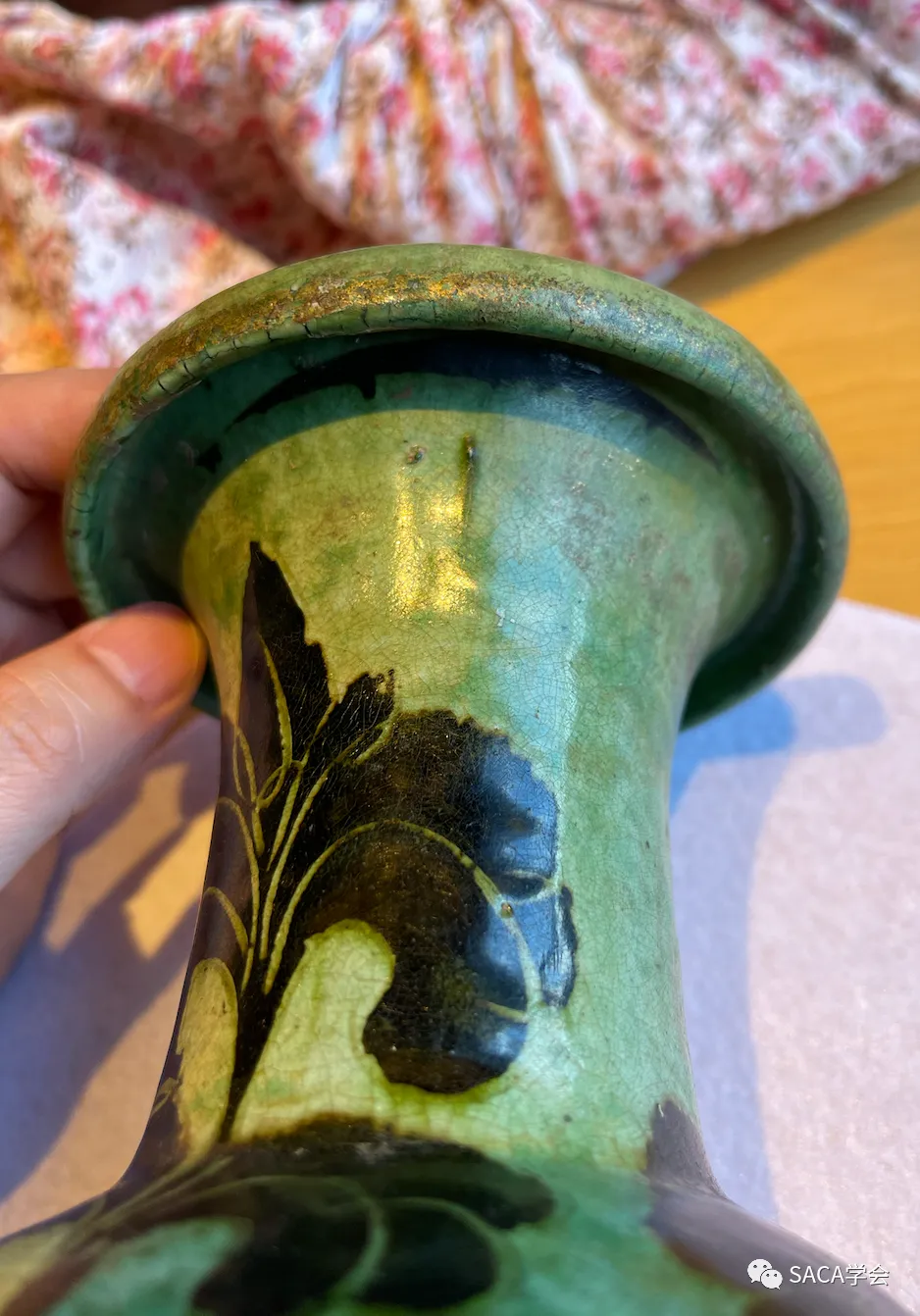




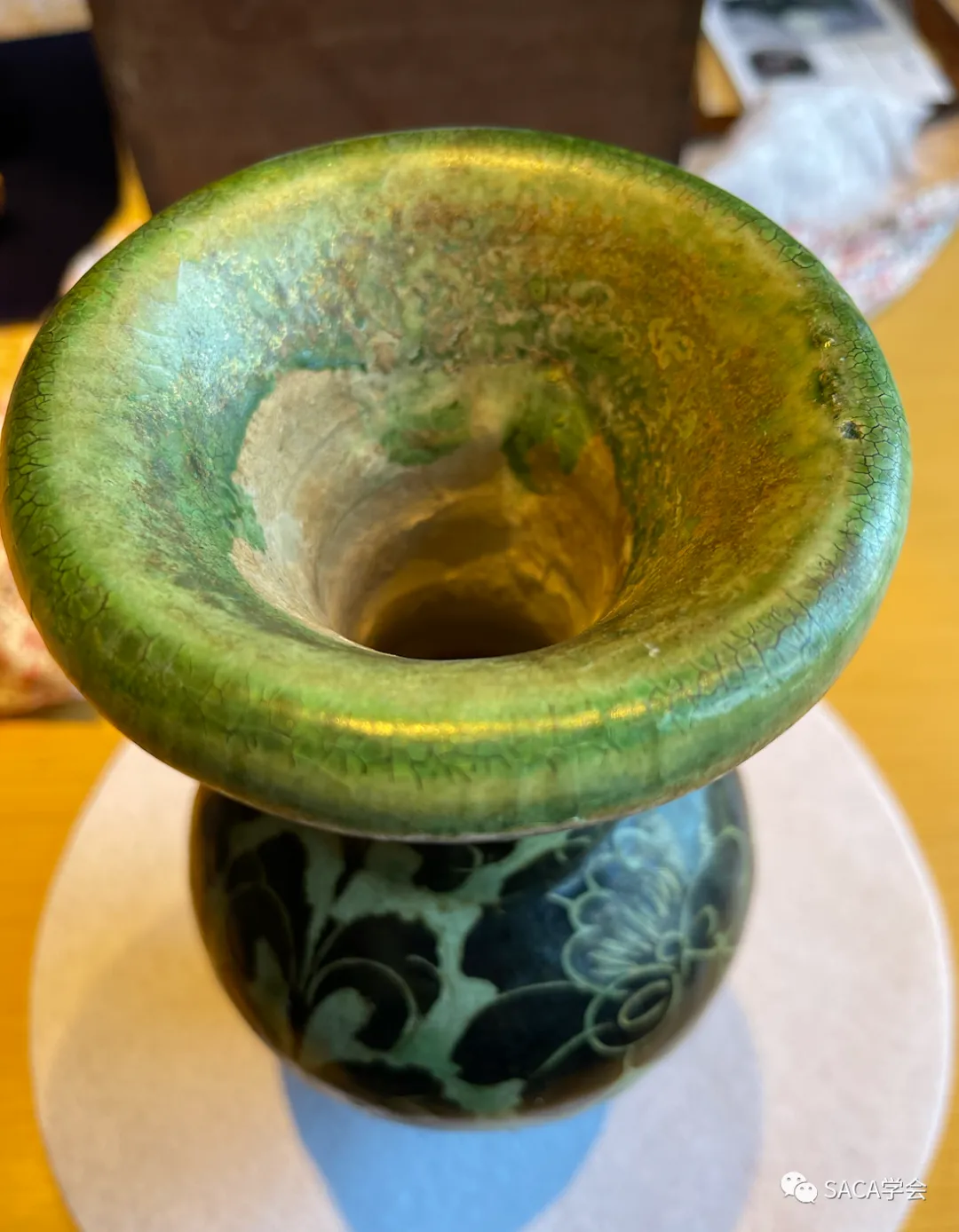


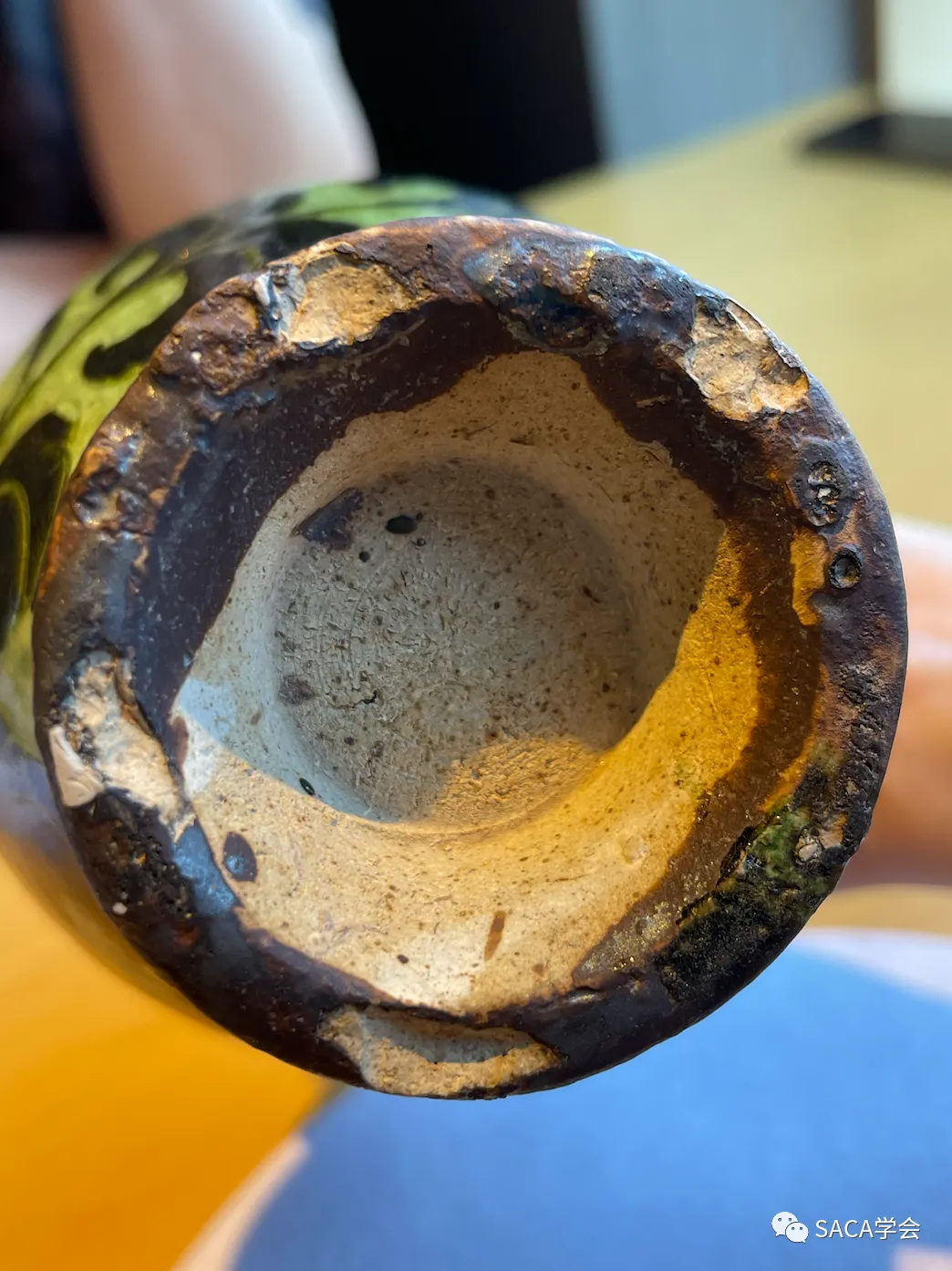


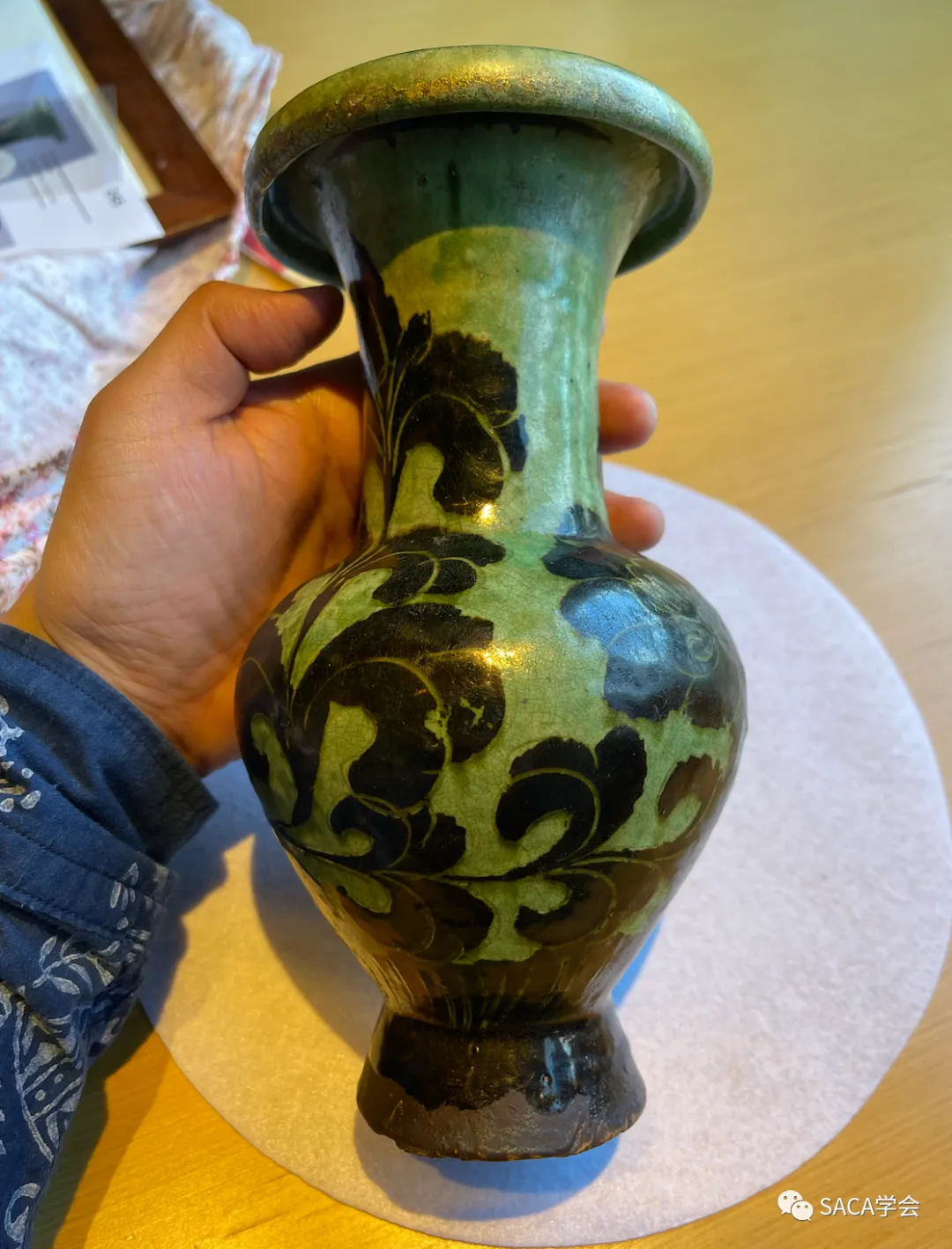
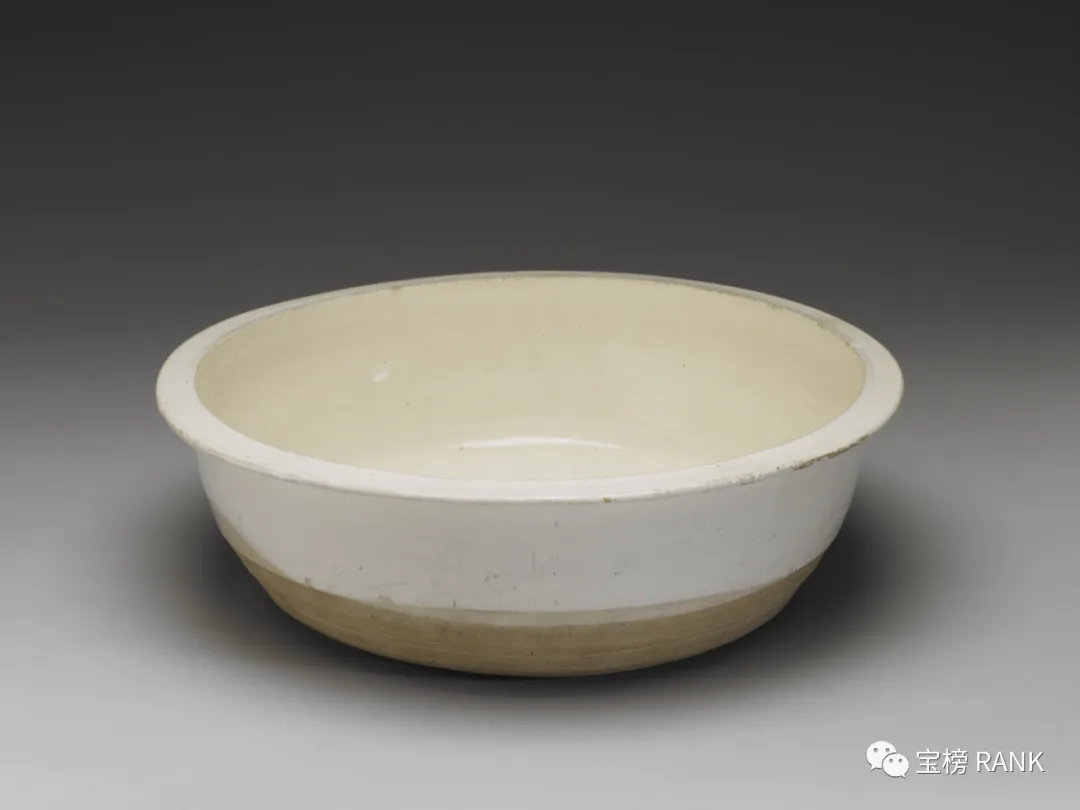


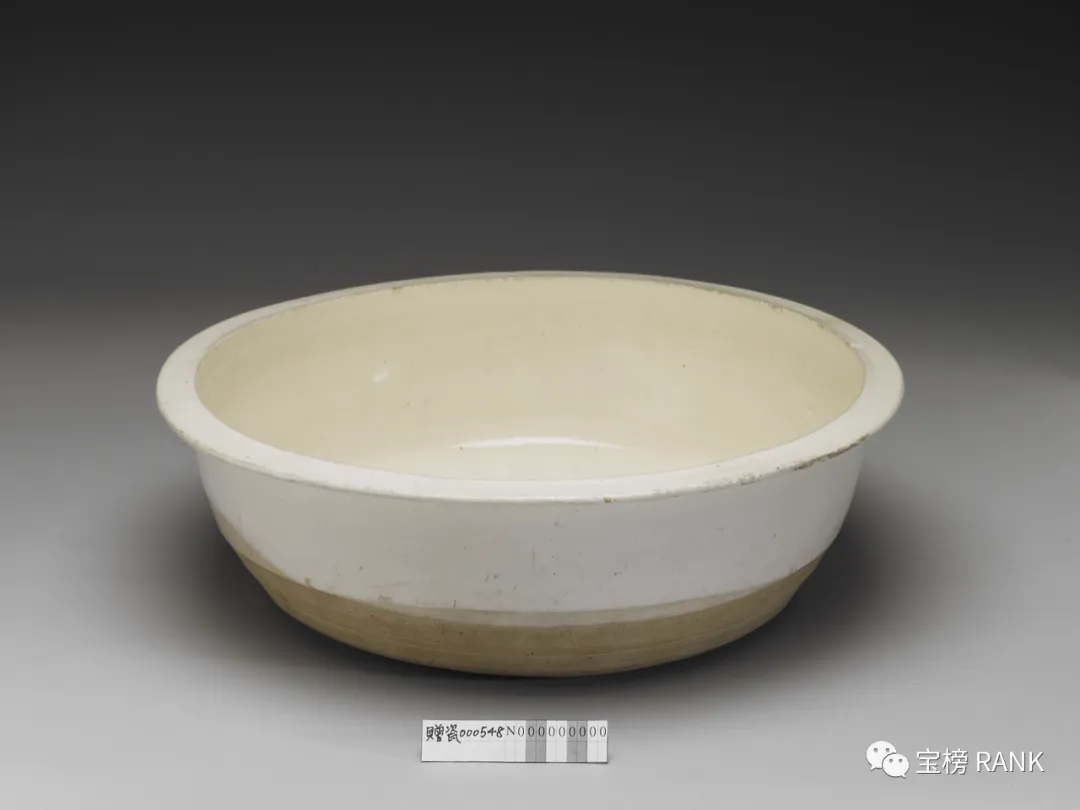
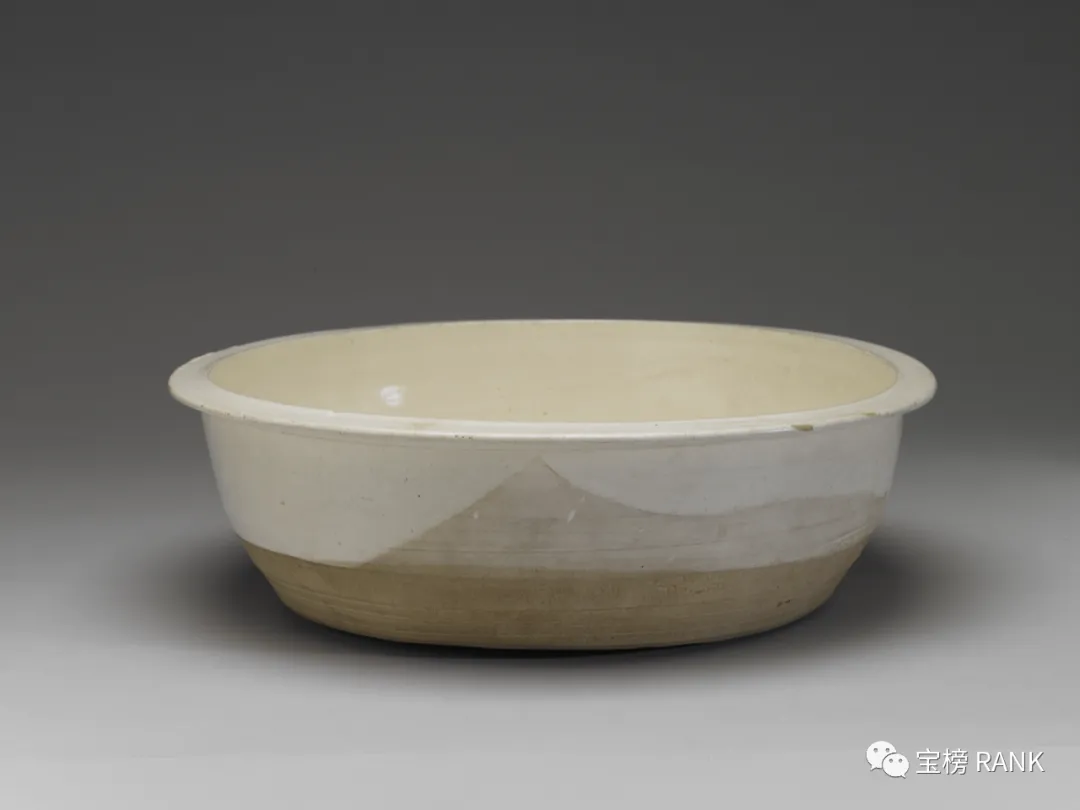
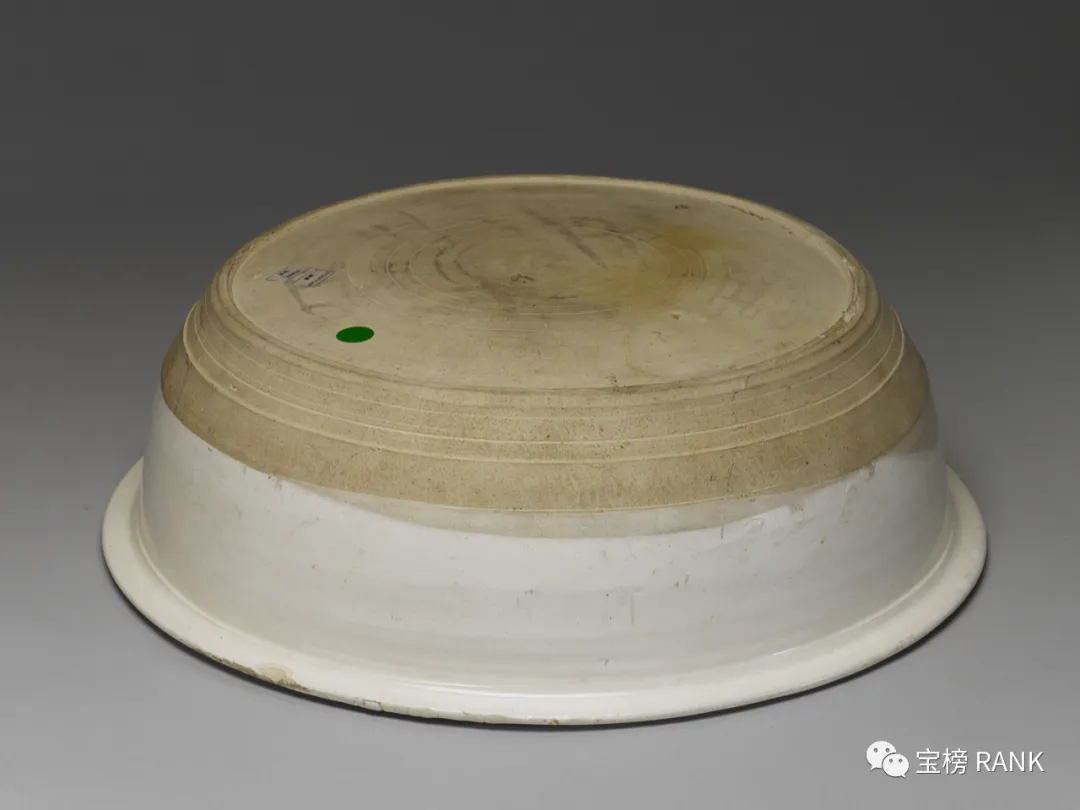
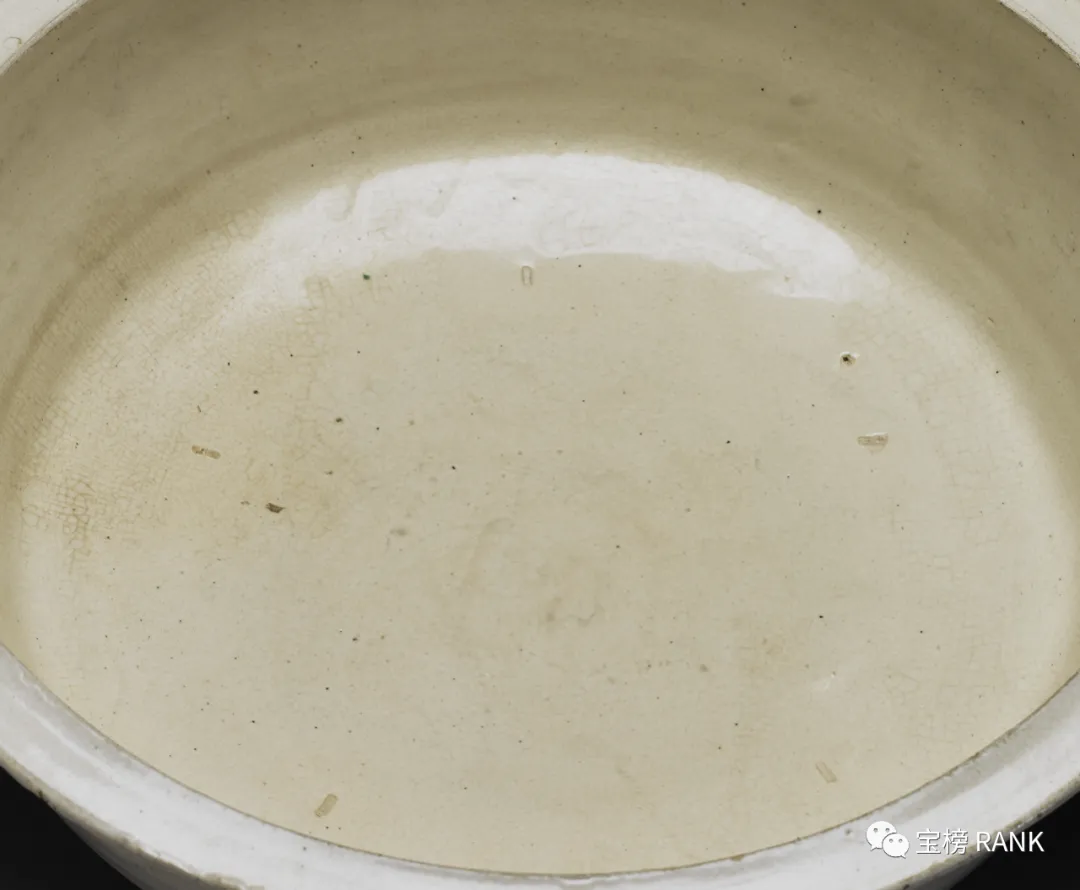
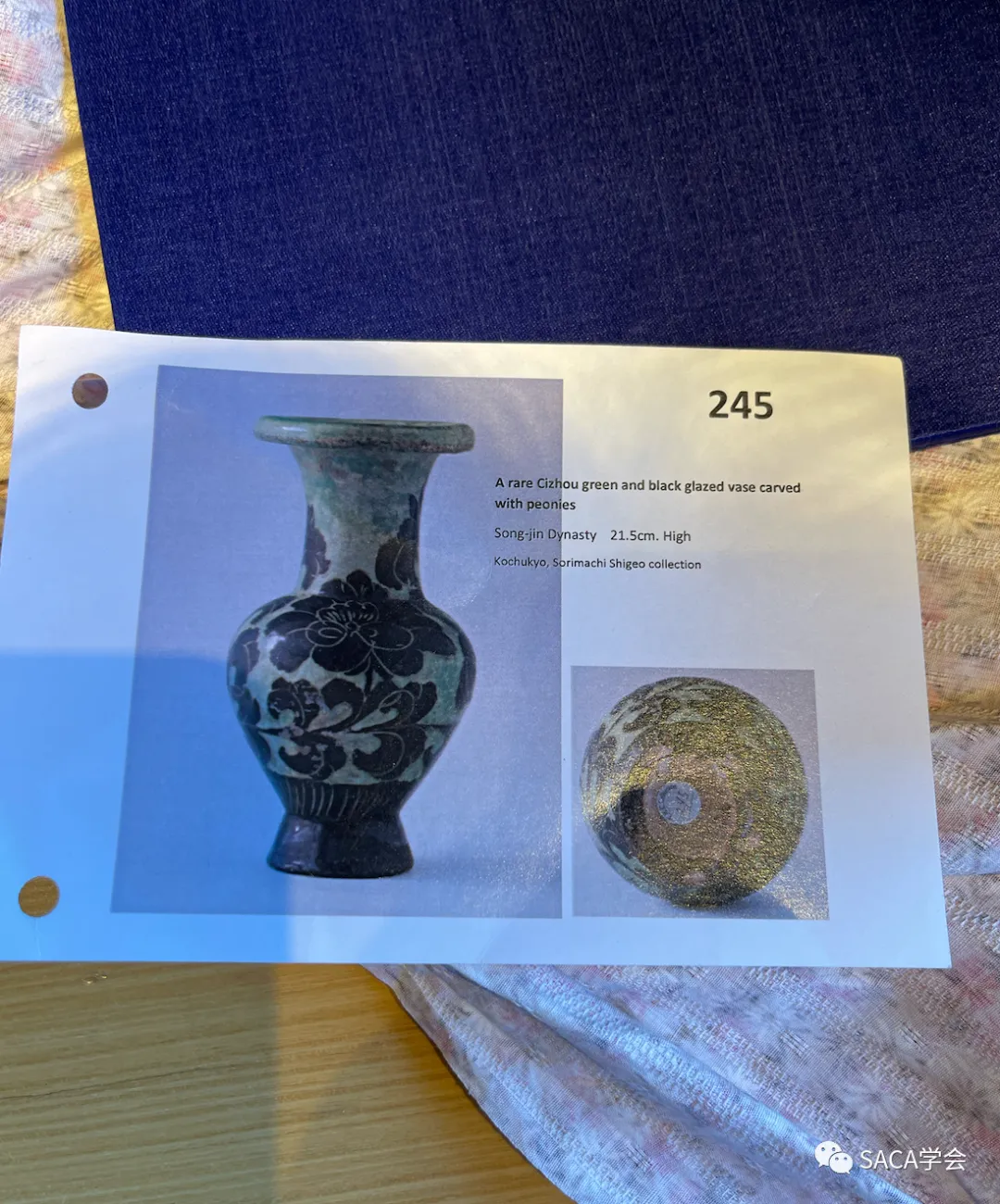
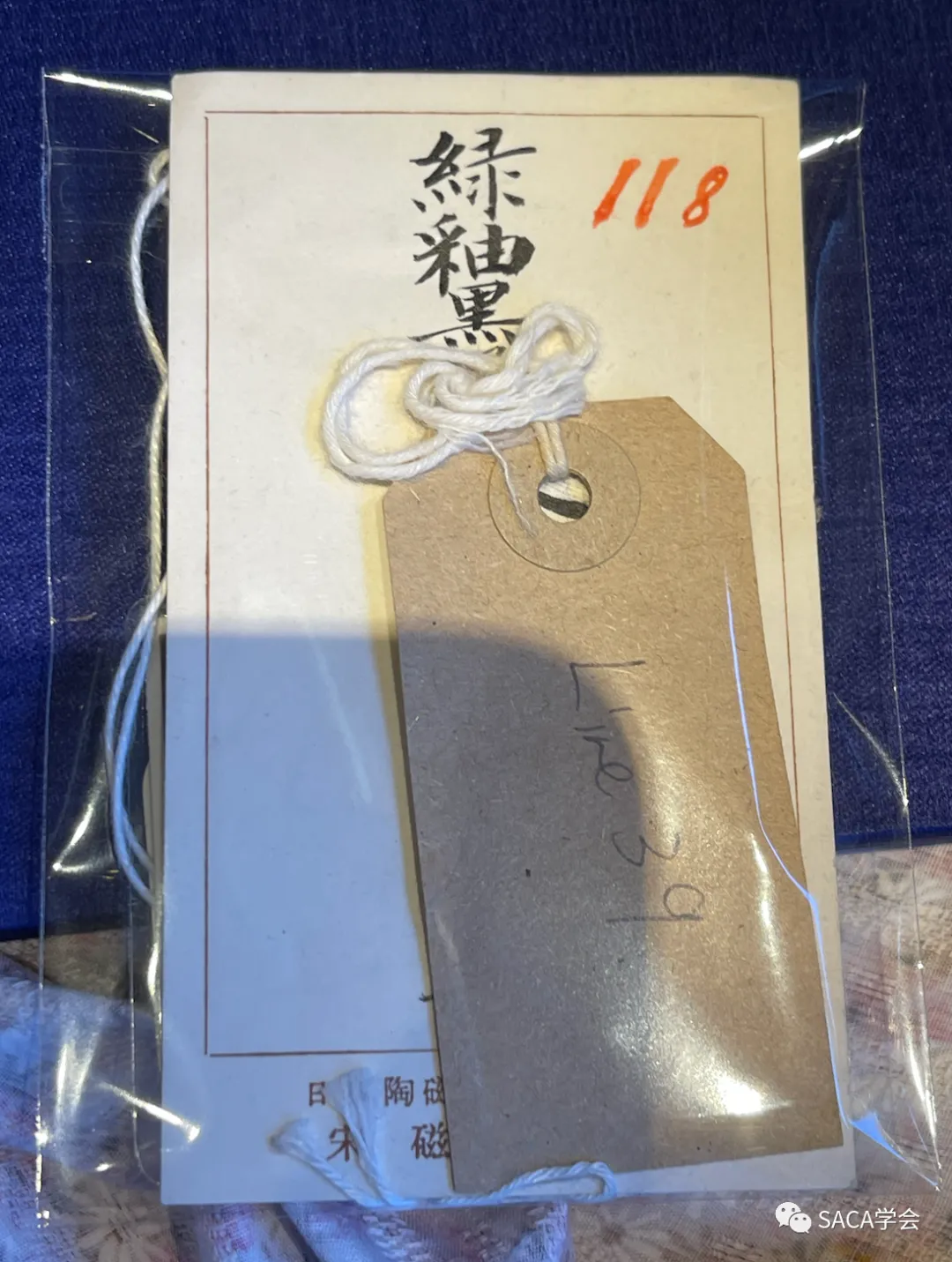
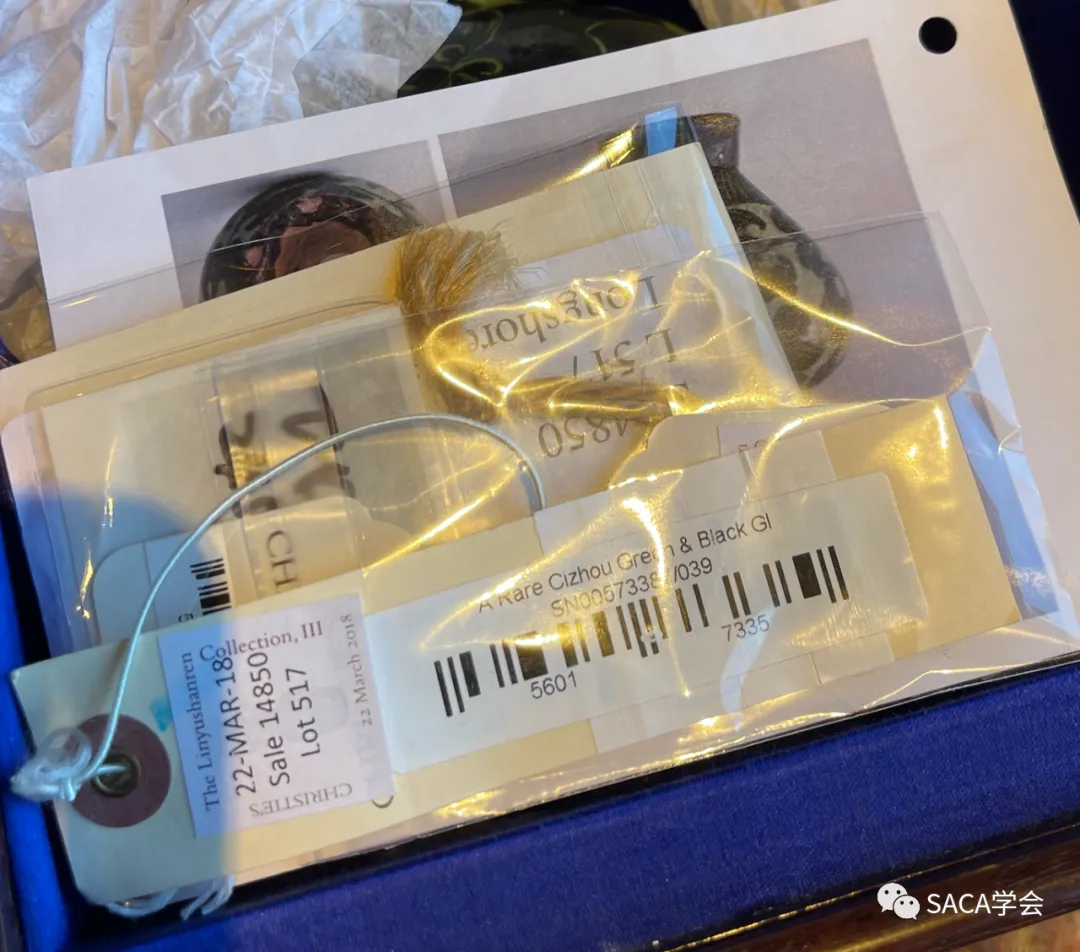
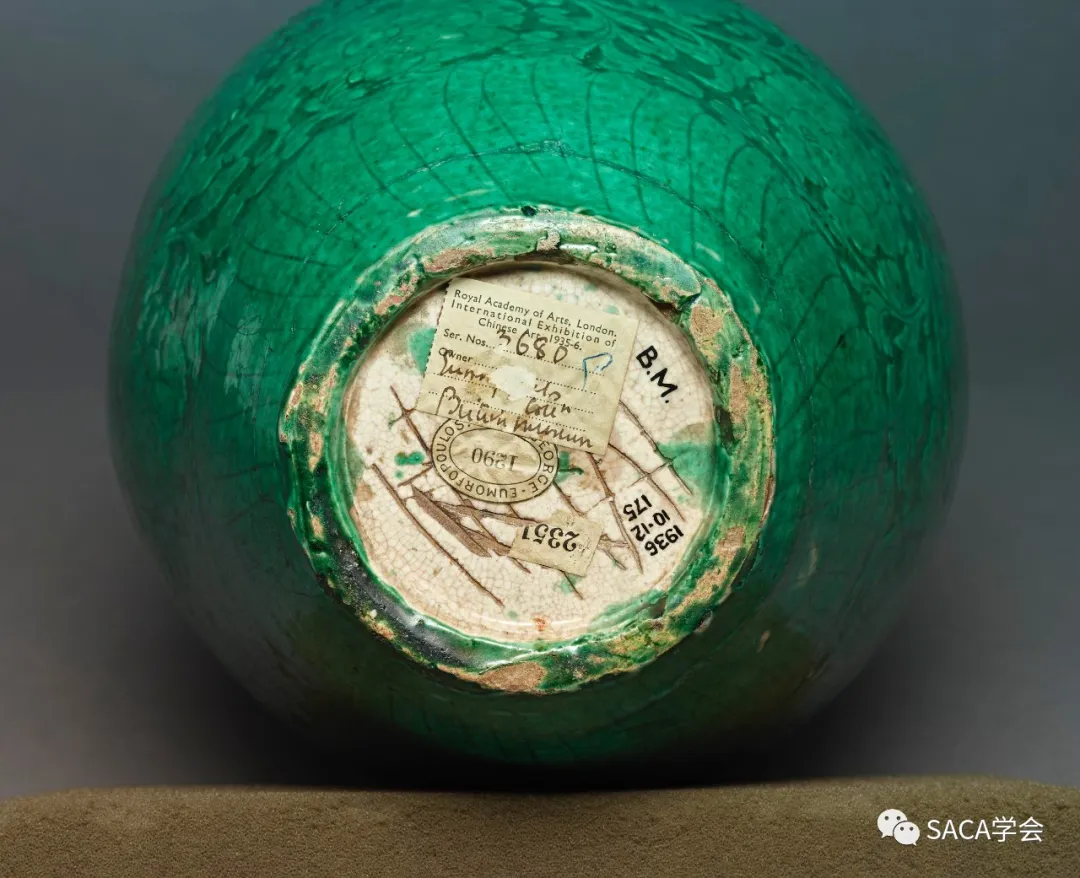
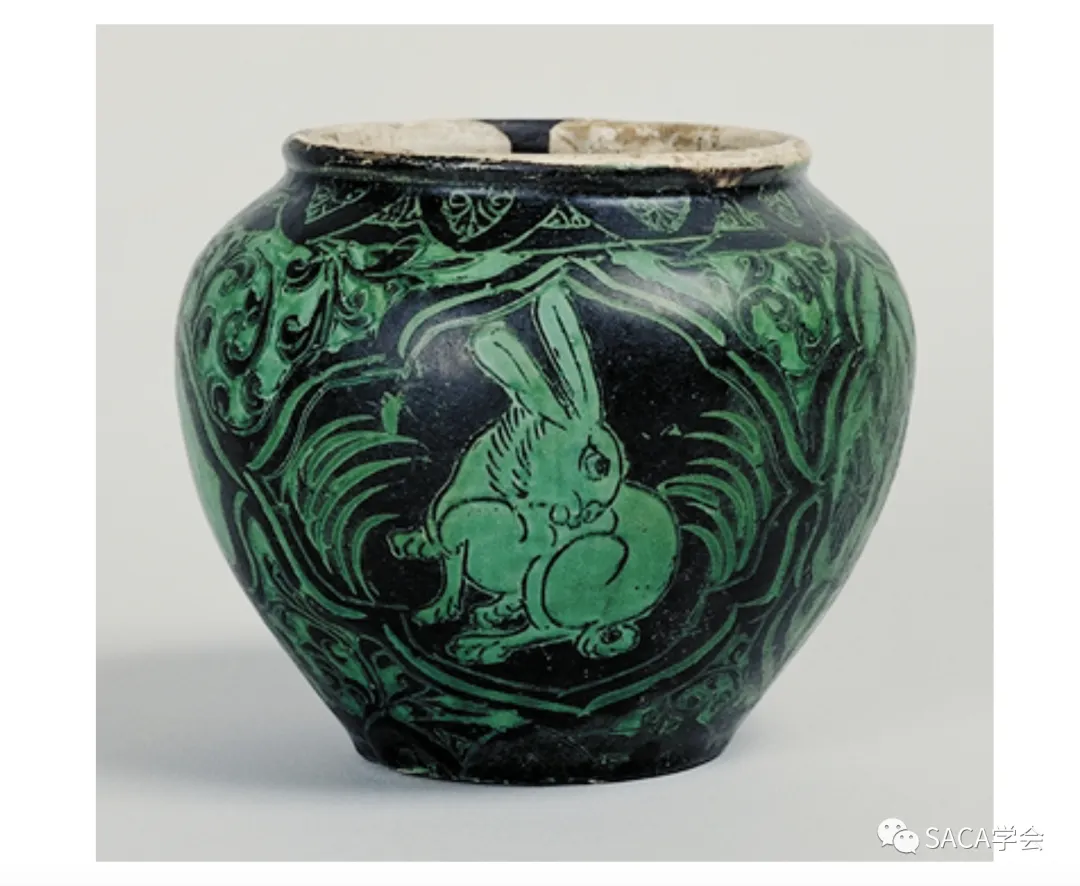
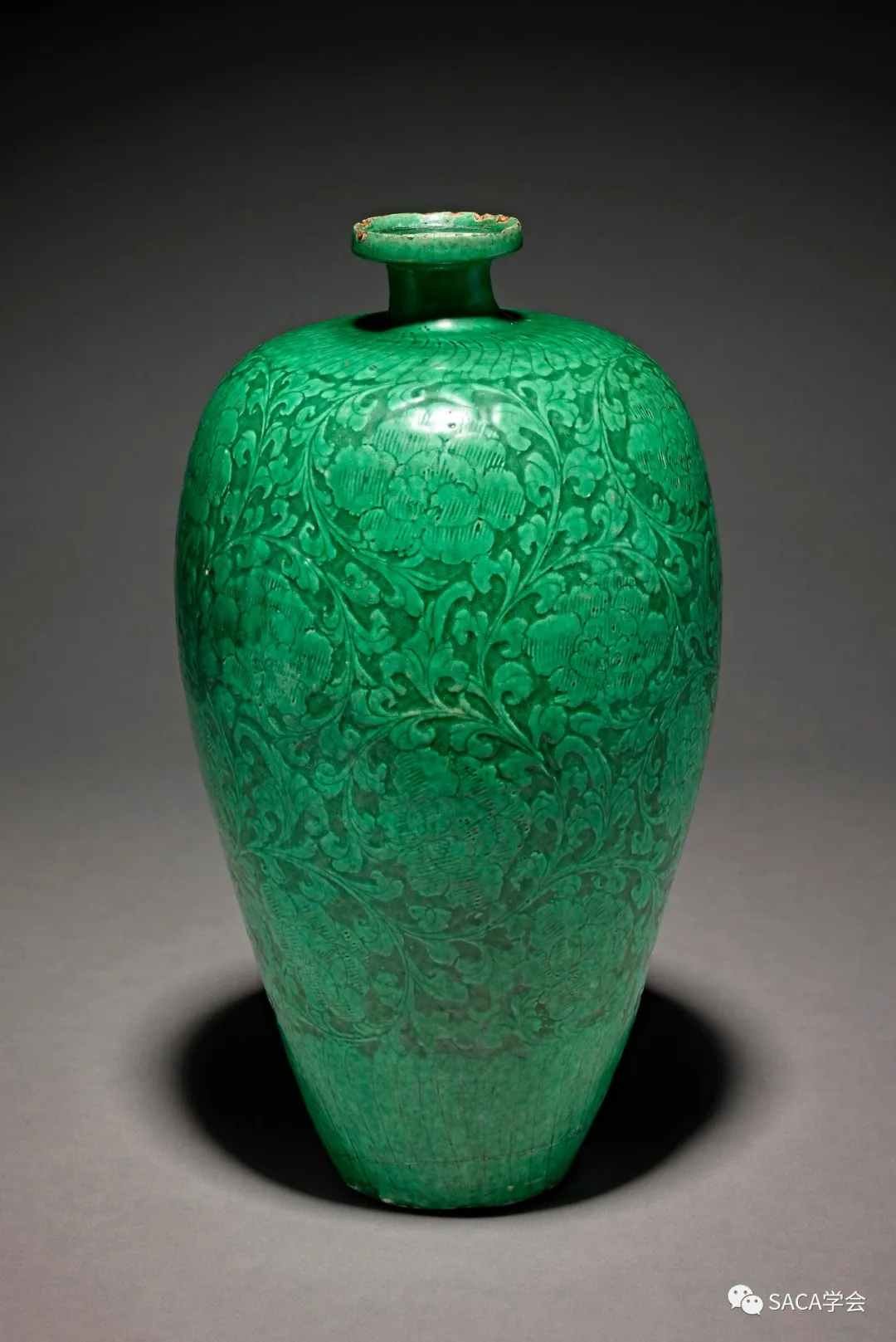
Comments